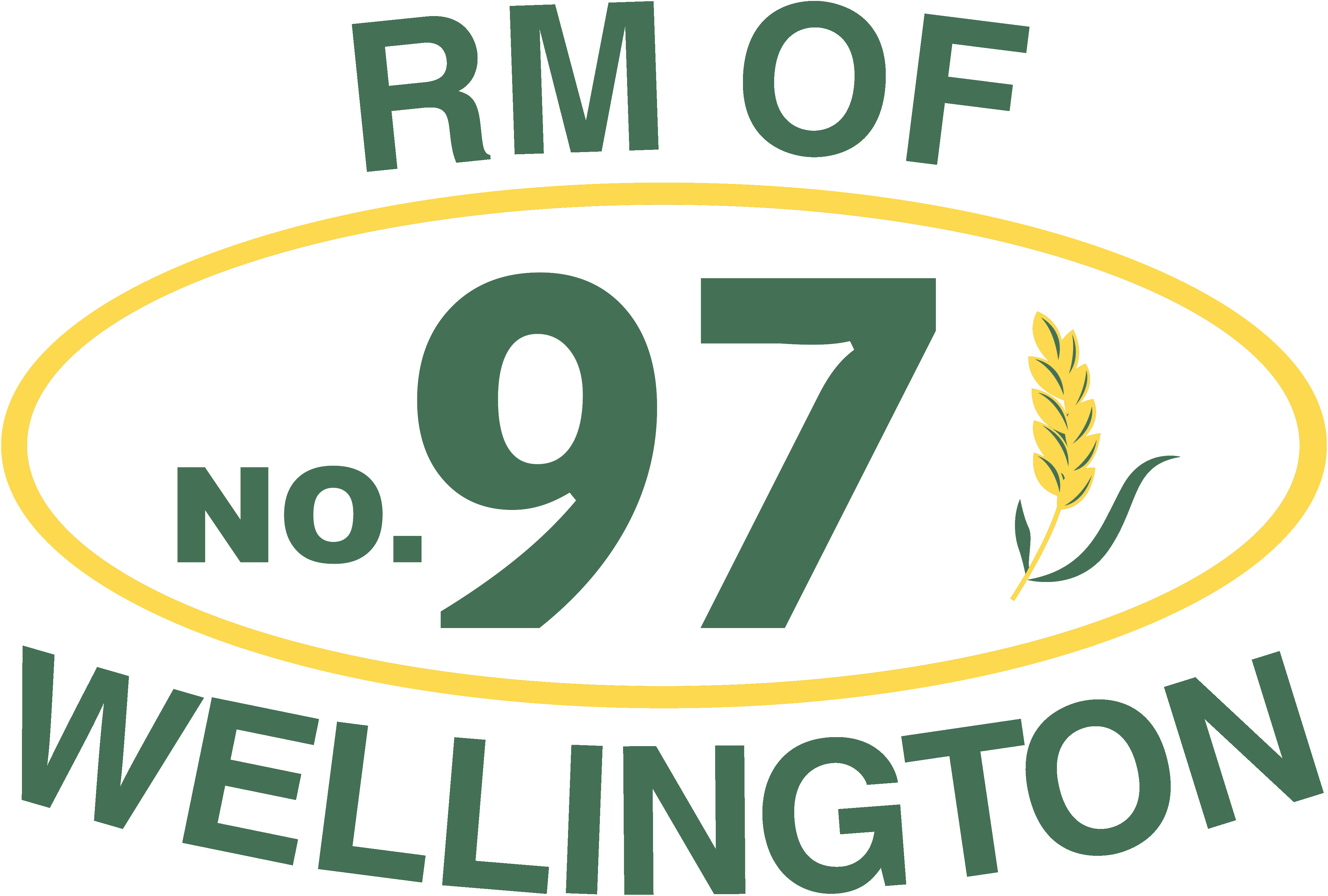Hay Salvage
Hay is once again available to producers for salvage at no cost in provincial highway ditches during spring and summer months.
Before and including July 8, landowners or lessees nearest/adjacent to the ditch have the first option to cut or bale material, but after that day anyone can cut and bale without permission from the adjacent landowner or lessee, as long as no salvage operations have already begun. It is recommended that participants contact their local Ministry of Highways (ministry) Office to provide contact information and limits on where they are salvaging hay to avoid disputes.
Hay must be cut at a uniform height in ditches and bales must be placed at least eight metres away from the shoulder of the highway. Farmers may salvage hay anytime during the spring or summer months. Landowners or lessees nearest/adjacent to the highway ditch have the first option to cut or bale this material unless the mowing contractor has begun salvage. Bales must be removed by August 8, otherwise they may be subject to removal and disposal by the ministry. After August 8, bales must be removed immediately following haying operations. The ministry may also remove and dispose of hay bales in locations deemed unsafe for motorists.
Ministry staff may either make a courtesy call to participants or place orange flags in bales that have exceeded the specified removal period. Flags will be marked with a removal date, that allow participants one week to remove bales, if public safety is not at risk. Participants not adhering to the requirements may become ineligible to hay on the highway right-of-way.
The ministry hires contractors to mow along the highway shoulders. Mowing may also be completed near some highway intersections and interchanges, railway crossings and tourism facilities.
The hay salvage and mowing program provides:
- free hay to farmers
- a neat appearance
- improved visibility
- better control of brush and noxious weed growth
- adequate snow storage in ditches during the winter months
Ditch Mowing
The ministry is working on its annual early mowing program along high traffic highways, which begins June 7 and will continue until July 15. Contractors cut a four-metre wide swath along shoulders adjacent to Highways 1, 7, 11, 16 and 39, along with portions of Highways 2, 3, 4, 5, 6, 9, and 10. During this time, mowing may be completed near some highway intersections and interchanges, railway crossings and tourism facilities.
Regular ditch mowing (full-width) will occur along all four-lane highways between July 15 and the fall months. Heavily travelled two-lane highways will receive a twelve-metre cut. Secondary highways will receive an eight-metre cut. A four-metre-wide strip will be mowed adjacent to the other highways with additional mowing as required to ensure visibility and weed control. Progress is weather dependent.
Key Dates
- June 7 – July 15: Mowing includes a four-metre shoulder cut adjacent to the road. Highways 1, 7, 11, 16 and 39, along with portions of Highways 2, 3, 4, 5, 6, 9 and 10. Some highway intersections may receive a full ditch cut to ensure good sightlines.
- July 8: Prior to and including this date, a landowner or lessee nearest to a highway ditch has the first option to cut or bale hay. After this date, anyone may cut and bale hay or grass in a highway ditch without getting the permission of the adjacent landowner.
- July 15 – Oct. 15: Contractors begin mowing the width of ditches along all four-lane highways. Heavily travelled two-lane highways will receive a twelve-metre cut. Secondary highways will receive an eight-metre cut. All other highways get a four-metre cut adjacent to the highway shoulder.
- August 8: All hay bales must be removed from ditches or they may be removed and disposed of at the Ministry’s discretion.
For additional information, please visit Saskatchewan.ca.
